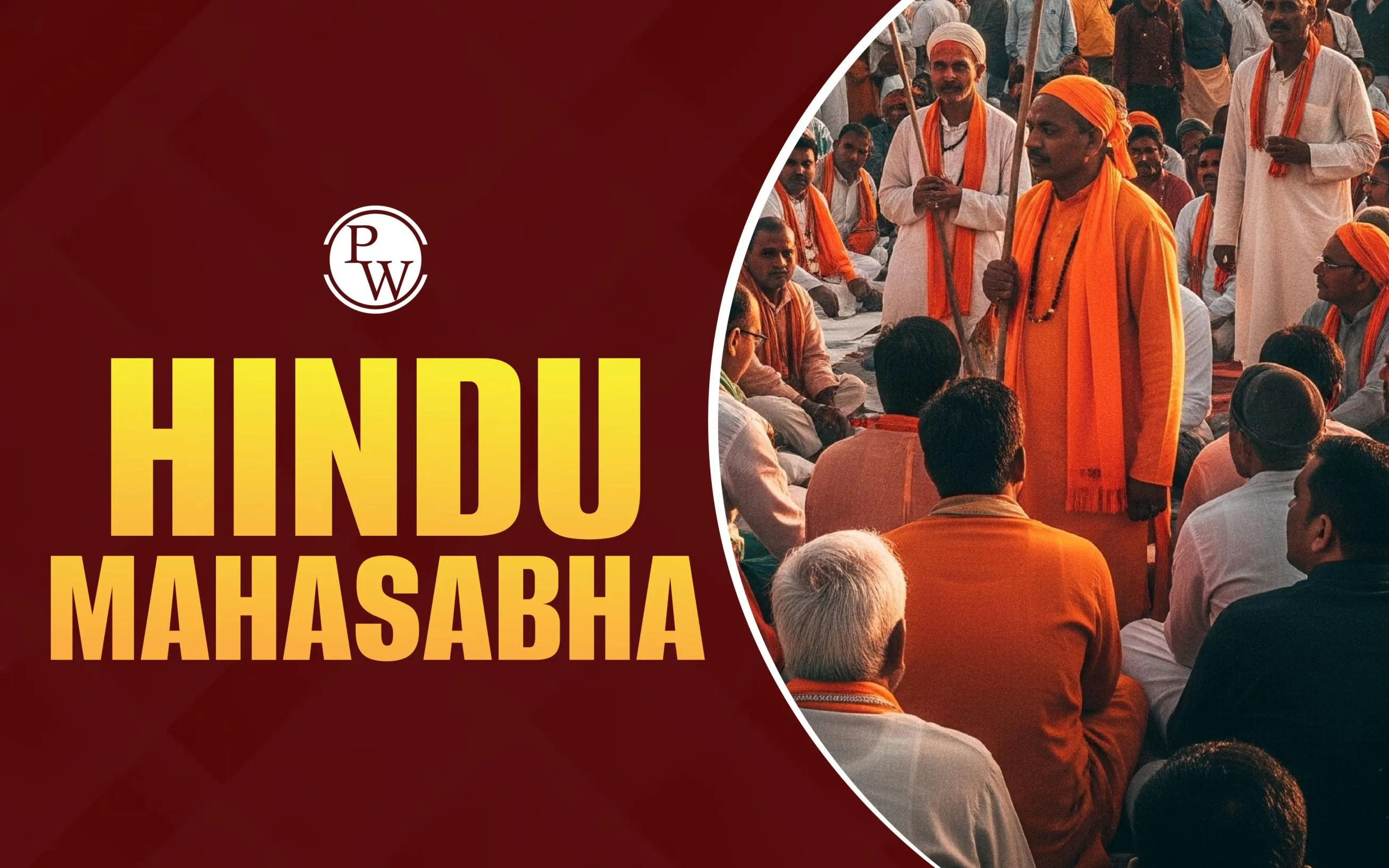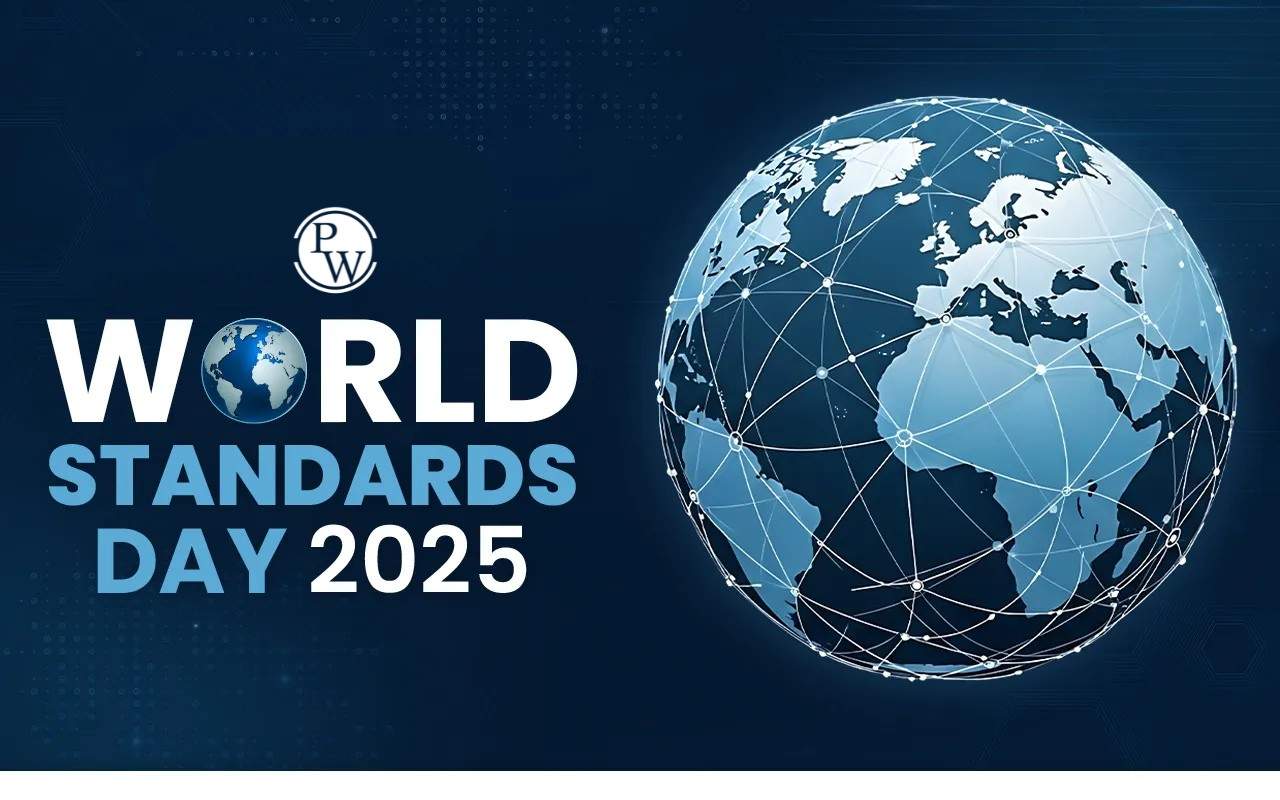

Hindu Mahasabha, officially known as the Akhil Bharatiya Hindu Mahasabha, is a Hindu nationalist political party that was founded in 1915 by Madan Mohan Malviya. It is one of the oldest organisations in India that works to protect Hindu identity and culture. Hindu Mahasabha played a significant role in Indian political and ideological history during the early to mid-20th century.
Akhil Bharatiya Hindu Mahasabha
The Akhil Bharatiya Hindu Mahasabha (All India Hindu Assembly) was officially formed in 1915, although its roots go back to the formation of the Punjab Hindu Sabha in 1909. The organisation was formed in response to the growing communalism under British divide-and-rule policies and the rise of pan-Islamic movements like the Khilafat Movement.
It emerged when different communities were forming political organisations to voice their concerns. In this atmosphere, the Hindu Mahasabha tried to unite Hindus and present a common stand against perceived threats to their culture and rights. The Mahasabha was not a religious organisation but a political one.
Over the years, the Hindu Mahasabha developed a wide network, especially in North India, and influenced debates on nationalism, secularism, and cultural identity.
History of Hindu Mahasabha
The formation of the Hindu Mahasabha was a reactionary step against the policies of separate electorates introduced by the Morley-Minto Reforms of 1909, which gave political weightage to religious identity. Hindu leaders felt marginalised and feared further division of Indian society along religious lines.
Initially, the Mahasabha acted as a pressure group within the Indian National Congress, pressing for Hindu rights. However, by the 1920s and 1930s, the Mahasabha became a fully independent political organisation, especially under Savarkar's leadership.
During the 1940s, it strongly opposed the Congress Party’s cooperation with the Muslim League and actively campaigned against the Partition of India. Its political decline began after 1948, following Mahatma Gandhi’s assassination, which was carried out by Nathuram Godse, a former member of the organisation.
Hindu Mahasabha Founder
The founder of the Hindu Mahasabha is often credited as Pandit Madan Mohan Malaviya, who helped convene its first official session in 1915 at Haridwar during the Kumbh Mela. However, earlier efforts by leaders like Lala Lajpat Rai and Shivaram Paranjape helped form its philosophical base.
Malaviya was a moderate nationalist, also associated with the Congress. He believed in cultural revival, Hindu unity, and educational empowerment. His efforts led to the foundation of Banaras Hindu University (BHU) in 1916, a centre for nationalist Hindu education.
Hindu Mahasabha Ideology
The ideology of the Hindu Mahasabha revolved around Hindutva, a term popularised by Vinayak Damodar Savarkar. The core beliefs of the Mahasabha included:
-
Hindu Nationalism: It believes that India is essentially a Hindu nation, and all communities must acknowledge Hindu culture as the national culture.
-
Hindutva as a Cultural Identity: Hindutva, as defined by Savarkar, refers to shared ancestry, civilisation, and culture, not just religious beliefs.
-
Opposition to Appeasement: Criticised separate electorates and special privileges based on religion.
-
Social Reforms within Hindu Society: Though conservative, the Mahasabha pushed for unity across castes and supported reforms to remove untouchability and promote education among Hindus.
-
Militant Nationalism: Unlike the Congress's policy of non-violence, the Mahasabha supported strong resistance against foreign rule and internal disunity.
Major Leaders of Hindu Mahasabha
The organisation had many influential figures. Some were freedom fighters, others ideologues. Here are some key leaders and their tenure in Sabha:
Madan Mohan Malaviya (1915–1921)
-
Served as the first president of the Hindu Mahasabha
-
A moderate nationalist and four-time Congress president.
-
Established Banaras Hindu University (BHU) in 1916.
-
Focused on education, social reform, and Hindu cultural revival.
-
Opposed both communal extremism and religious appeasement.
Lala Lajpat Rai (1921–1931)
-
An early supporter of Hindu unity.
-
Prominent nationalist, populist, and freedom fighter.
-
Strong nationalist voice during British rule.
-
Led the Mahasabha during a period of expansion and rising influence.
-
Balanced Hindu interests with broader anti-colonial goals.
Dr. Balakrishna Shivram Moonje (1931–1937)
-
Advocated social reform and Hindu unity within a traditional framework.
-
Promoted military training for Hindus to build self-defense capabilities.
-
Founded the Bhonsala Military School in Nashik in 1937.
-
Influenced the militarization of Hindu nationalism.
-
Emphasized discipline, valor, and cultural revival.
Vinayak Damodar Savarkar (1937–1943)
-
President of the Hindu Mahasabha from 1937 to 1943.
-
Author of Hindutva: Who is a Hindu?
-
Introduced the concept of Hindutva (“Hinduness”) as the party’s core ideology
-
Radicalized the Hindu Mahasabha’s stance with a more assertive nationalist vision.
-
Emphasized militarization and self-reliance for Hindus.
Shyama Prasad Mukherjee (1945–1946)
-
Led the Hindu Mahasabha during the crucial pre- and post-independence period.
-
Strong advocate of complete Indian independence and Hindu interests.
-
Later founded the Bharatiya Jana Sangh, precursor to the BJP.
-
Focused on political organization and national unity.
-
Known for his firm opposition to the partition and Muslim League politics.
Other notable leaders included Sampurnanand (1947–1949), Deendayal Upadhyaya (1957–1965), and K.R. Malkani (1949–1969), who each contributed to the evolving policies of the Hindu Mahasabha.
Legacy and Impact of Hindu Mahasabha
The impact of the Hindu Mahasabha on Indian politics and society is complex. While it was never a mass movement like the Congress or the Muslim League, its ideological influence has been long-lasting.
Positive Contributions
-
Shaped the concept of Hindutva, which is central to many current political ideologies.
-
Promoted Hindu unity during a time of religious and communal division.
-
Contributed to social reforms, like opposing untouchability.
-
Opposed the Partition of India and tried to maintain national unity.
Criticism
-
Seen as communal and exclusivist by critics.
-
The association with Gandhi's assassination permanently damaged its public image.
-
Failed to adapt post-independence, leading to a steady decline in influence.
Today, many of its ideological ideas have found a place in mainstream political discourse through parties like the Bharatiya Janata Party (BJP) and organisations like the RSS and VHP.
In essence, the Hindu Mahasabha was not just a political group, but an ideological movement that shaped Hindu political identity in the 20th century. Its influence continues through other organisations even after independence.
Want to explore more about India’s history and freedom struggle for UPSC? Join Physics Wallah’s UPSC Courses!
Hindu Mahasabha FAQs
What is the Hindu Mahasabha?
When was the Hindu Mahasabha founded?
Who was the founder of the Hindu Mahasabha?
Who was the president of the Hindu Mahasabha in 1930?
What does Hindutva mean in the Hindu Mahasabha ideology?












